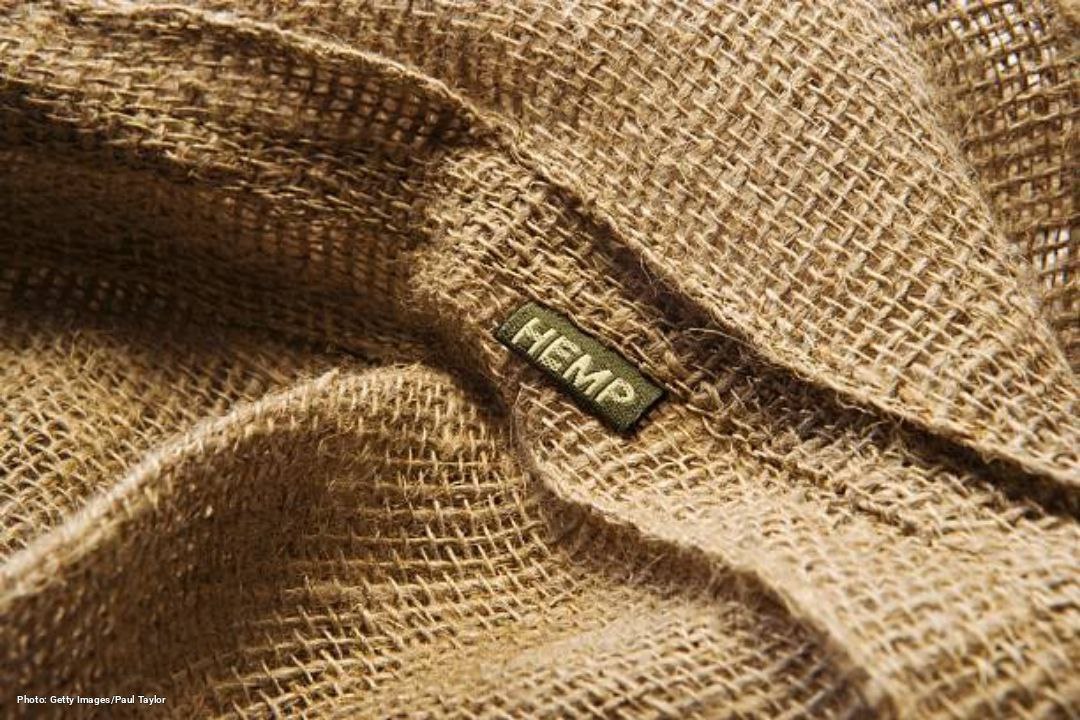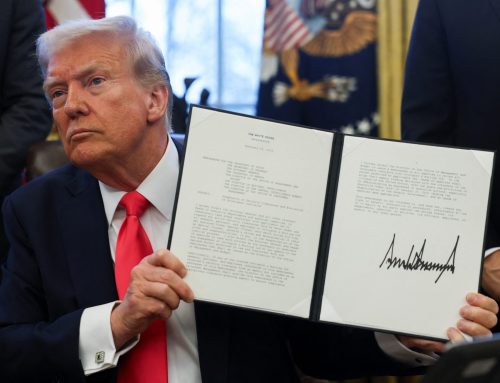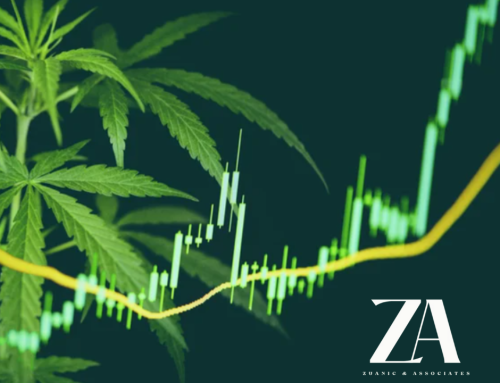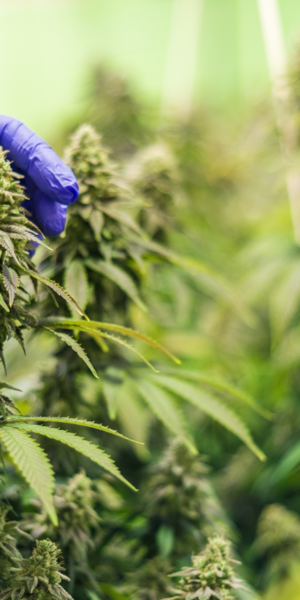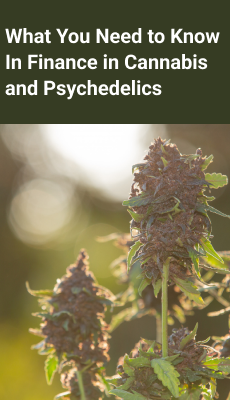Hemp Fiber Market Set to Soar to $30 Billion by 2033, New Analysis Reveals
LOS ANGELES – The global hemp fiber market is poised for explosive growth, with a recent analysis forecasting a valuation exceeding $30 billion by 2033.
According to a report by Astute Analytica, the market, valued at $5.78 billion in 2024, is expected to achieve a robust compound annual growth rate (CAGR) of 20.12% over the next decade. Driven by surging demand for sustainable materials across multiple industries, this eco-friendly powerhouse is transforming diverse sectors, signaling a revolution in global markets.
This remarkable trajectory is fueled by hemp’s versatility, durability, and minimal environmental footprint. Unlike traditional materials like cotton or synthetic fibers, hemp requires less water and fewer pesticides, making it appealing to eco-conscious brands and manufacturers.
Today, China leads the way, producing over 73,000 metric tons of hemp fiber in 2024, with projections nearing 117,000 metric tons by 2028. Other key players, including the Netherlands and Canada, as well as emerging markets like India, are ramping up production to meet global demand. The Asia-Pacific region, particularly China and India, is a hotspot for innovation, with investments in hemp-based textiles and bioplastics paving the way for future growth.
However, the market’s expansion is not without challenges. Regulatory hurdles and lingering confusion between hemp and cannabis continue to complicate production in some regions. Yet, advancements in processing technologies, such as enzymatic fiber treatment and decortication, are improving hemp’s quality and cost-effectiveness, making it a viable alternative for industries seeking sustainable solutions.
Hemp fiber is weaving its way into the fabric of modern industry. In textiles, its breathability and antibacterial properties are driving demand for eco-friendly apparel. In construction, hemp-based composites and insulation materials are gaining traction as sustainable alternatives to traditional resources. Even the automotive sector is tapping into hemp’s lightweight strength for parts and panels.
As consumer awareness of environmental issues grows, so does the appetite for hemp-based products. The hemp fiber market is at a tipping point. With governments and corporations investing heavily in green infrastructure, hemp is no longer a niche; it’s a cornerstone of the sustainable economy, promising a brighter, more sustainable tomorrow for industries and consumers alike.











